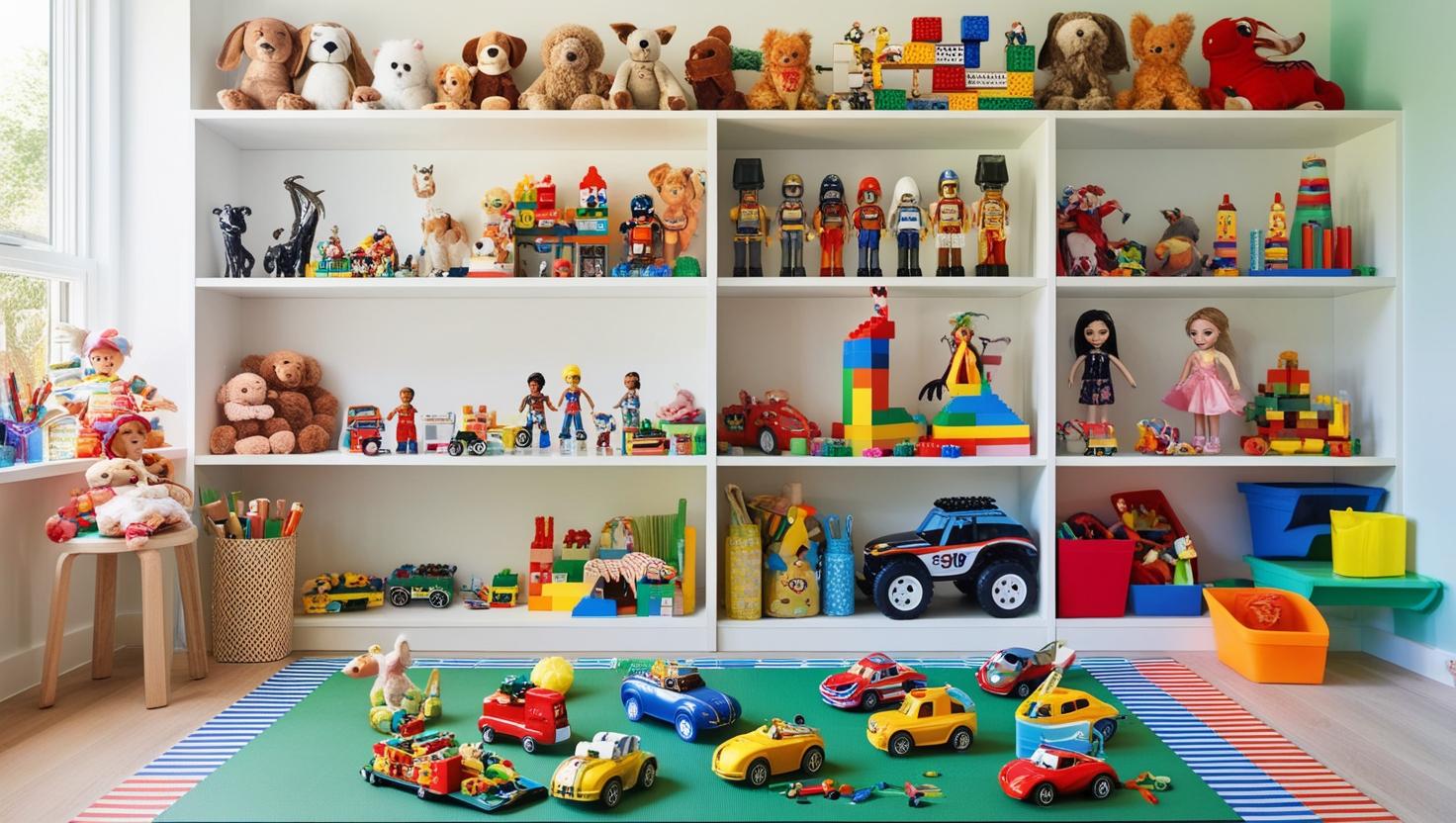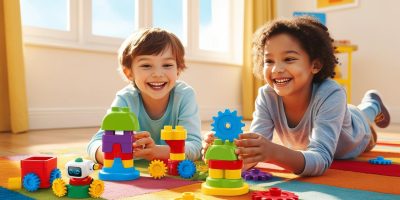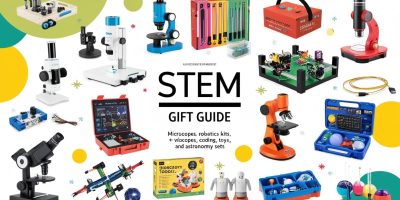Let’s face it—telling kids how something works doesn’t always stick. But when they see a marble zip down a track or a circuit light up because they connected the wires just right, something amazing happens: they get it.
That’s the magic of cause and effect. And STEM toys are some of the best tools for teaching this foundational concept—without ever having to give a lecture or pull out a whiteboard.
In this post, we’re diving into the best STEM toys that show kids how actions create outcomes. Whether you have a toddler or a curious tween, these toys offer hands-on experiences that make learning cause and effect natural, fun, and unforgettable.
Why Cause and Effect Matters in Early Learning
Understanding cause and effect helps kids:
- Make logical connections between actions and outcomes
- Predict results and solve problems
- Learn responsibility and decision-making
- Build early science and engineering thinking
It’s one of the core skills behind all critical thinking—and it starts developing as early as infancy.
The earlier kids start experimenting with how things work, the stronger their problem-solving and analytical thinking becomes later.
What Makes a Great Cause-and-Effect STEM Toy?
Not all STEM toys are created equal. The best ones for teaching cause and effect:
- React visibly or audibly to your child’s actions
- Encourage trial and error
- Allow for safe failure and repeated testing
- Reward exploration with results (a sound, movement, light, or reaction)
Think marble runs, coding toys, and simple machines—not just toys that make noise when you push a button.
Our Top Picks: STEM Toys That Teach Cause and Effect
1. Marble Run Kits (Like GraviTrax or Quercetti)
Kids build tracks and watch marbles move through their designs. They quickly learn how slope, speed, and gravity affect outcomes—and get instant feedback if something doesn’t work.
2. Snap Circuits
These kits introduce electrical logic in a visual, hands-on way. Connect components correctly, and the light flashes or a fan spins. If it doesn’t work, they know something needs adjusting.
3. Domino and Chain Reaction Sets
Setting up domino runs or chain reactions teaches patience, sequencing, and the thrill of seeing how one small action causes a big result.
4. Botley 2.0 Coding Robot
A screen-free way to teach logic and programming. Kids input simple directional commands and watch how their plan plays out—successfully or not!
5. Water Lab Playsets (Like Learning Resources Splashology)
Water-based experiments show cause and effect clearly—pour, press, squirt, and spin to create visual reactions. Ideal for toddlers and preschoolers.
6. Balloon-Powered Cars or STEM Launch Kits
These offer big motion for little effort. Kids learn how pressure, air, and force interact to make things move.
7. Building Sets with Gears (Like Gears! Gears! Gears!)
Great for hands-on learning. Kids instantly see how spinning one gear affects others. It’s a visual and tactile lesson in mechanical cause and effect.
How to Maximize the Learning
- Ask questions like, “What do you think will happen if…?”
- Let them test, fail, and try again—don’t rush in to fix mistakes
- Celebrate surprises and creative outcomes
- Encourage redesigning or modifying toys to explore new effects
This turns play into experimentation—and helps kids build resilience, patience, and creative confidence.
Final Thoughts
You don’t need a lab coat or lecture notes to teach cause and effect. With the right STEM toys, kids can discover it for themselves—through play.
Whether they’re connecting circuits, triggering chain reactions, or coding robots to follow a path, every small decision leads to a visible result. That’s cause and effect in action—and it’s one of the most powerful lessons a child can learn.





